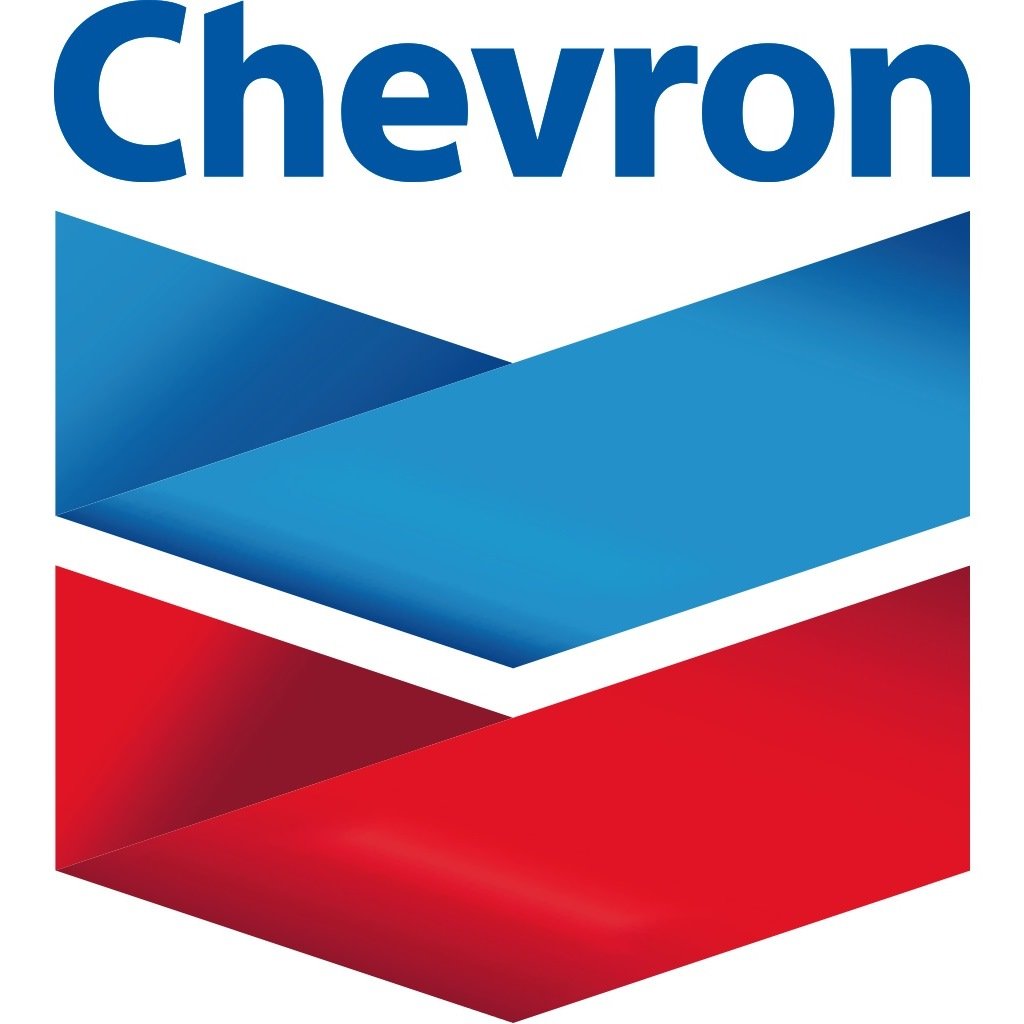

The U.S. Energy Information Administration (EIA) released its weekly petroleum status report Wednesday morning showing that U.S. commercial crude inventories decreased by 9.9 million barrels last week, maintaining a total U.S. commercial crude inventory of 416.6 million barrels. The commercial crude inventory is about 5% below the five-year average for this time of year.
Tuesday evening, the American Petroleum Institute (API) reported that crude inventories fell by nearly 9.3 million barrels in the week ending June 22. Gasoline inventories increased by 1.2 million barrels and distillate stockpiles increased by 1.8 million barrels. For the same period, analysts expected crude inventories to decrease by about 2.8 million barrels. Gasoline inventories were seen down by 700,000 barrels and distillate inventories were expected to rise by 1.0 million barrels.
Total gasoline inventories increased by 1.2 million barrels last week, according to the EIA, and remained about 6% above the five-year average range. U.S. refineries produced about 10.1 million barrels of gasoline a day last week, roughly flat compared to the prior week. Total motor gasoline supplied (the agency’s proxy for demand) averaged 9.5 million barrels a day for the past four weeks, again roughly flat compared with the prior week.
Before the EIA report, benchmark West Texas Intermediate (WTI) crude for August delivery traded up about 1.6%, at around $71.82 a barrel, and rose to around $72.55 (up about 2.8%) shortly after the report’s release. WTI settled at $70.53 on Tuesday and opened at $70.70 Wednesday morning. The 52-week range on August futures is $46.51 to $72.70 and the high was set this morning.
U.S. President Trump is looking for payback from Saudi Arabia for his reimposition of sanctions against Iran. He wants it in the form of oil.
Trump has called on U.S. allies — those that remain — to stop all purchases of Iranian oil by November. In order for that to happen without sending the price of oil to the moon, about 1.5 million barrels will be withdrawn from global crude markets. Trump wants the Saudis to pump more oil to keep the market in balance ahead of the November elections.
Just the threat of losing Iranian barrels sent crude oil higher Wednesday morning. Brent crude traded higher by about 2.0% and WTI traded up more than 2.5%.
Week over week, U.S. crude oil exports rose by 626,000 barrels a day last week, and U.S. production remained flat again at 10.9 million barrels. Exports averaged 3 million barrels a day last week and have a cumulative daily average for the year of 1.8 million barrels a day, a 140% increase over the year-ago export total.
Distillate inventories remained unchanged last week and are about 14% below the five-year average range for this time of year. Distillate product supplied averaged 3.8 million barrels a day for the past four weeks, down about 200,000 compared with the prior week. Distillate production averaged 5.4 million barrels a day last week, down by about 100,000 compared to the prior week’s production.
For the past week, crude imports averaged 8.4 million barrels a day, up by 114,000 compared with the previous week. Refineries were running at 97.5% of capacity, with daily input averaging 17.8 million barrels a day, about 115,000 more than the previous week’s average. Exports of refined products rose by 321,000 barrels a day last week to 5.54 million.
According to AAA, the current national average pump price per gallon of regular gasoline is $2.848, down three cents from $2.878 a week ago and down about 12 cents per gallon compared with the month-ago price. Last year at this time, a gallon of regular gasoline cost $2.254 on average in the United States.
Here is a look at how share prices for two blue-chip stocks and two exchange traded funds reacted to this latest report.
Exxon Mobil Corp. (NYSE: XOM) traded up about 1.9%, at $82.16 in a 52-week range of $72.16 to $89.30. Over the past 12 months, Exxon stock has traded up about 1.3%.
Chevron Corp. (NYSE: CVX) traded up about 2.7%, at $126.97 in a 52-week range of $102.55 to $133.88. As of last night’s close, Chevron shares are trading up about 22% over the past year.
The United States Oil ETF (NYSEARCA: USO) traded up about 3.2%, at $14.72 in a 52-week range of $9.00 to $14.74, a high matched this morning.
The VanEck Vectors Oil Services ETF (NYSEAMERICAN: OIH) traded up about 4.3%, at $26.90 in a 52-week range of $21.70 to $29.87.
Sponsored: Find a Qualified Financial Advisor
Finding a qualified financial advisor doesn’t have to be hard. SmartAsset’s free tool matches you with up to 3 fiduciary financial advisors in your area in 5 minutes. Each advisor has been vetted by SmartAsset and is held to a fiduciary standard to act in your best interests. If you’re ready to be matched with local advisors that can help you achieve your financial goals, get started now.
Thank you for reading! Have some feedback for us?
Contact the 24/7 Wall St. editorial team.
 24/7 Wall St.
24/7 Wall St.

